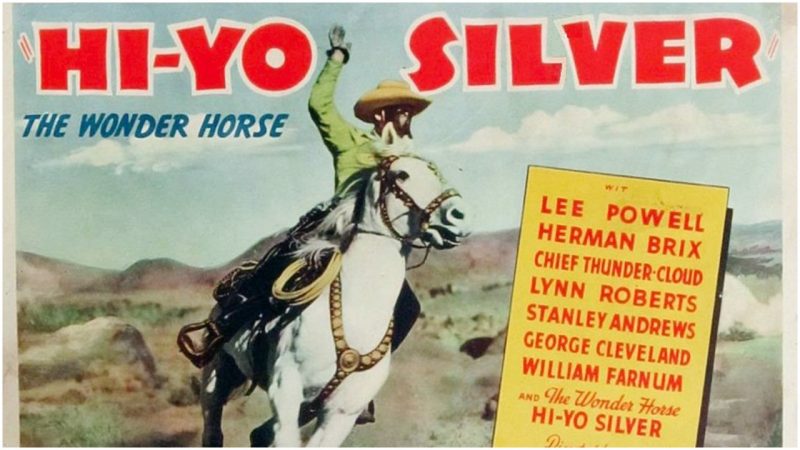For those of us of a certain age, the sound of the William Tell Overture and the sight of a masked rider on a white horse galloping over dusty hills brings back happy memories of Saturday morning television.
The ABC television series The Lone Ranger was made from 1949 – 1957 and starred Clayton Moore as the main man and Jay Silverheels as his faithful companion Tonto.
The show was hugely popular. If you mention The Lone Ranger to most people, it’s probably Clayton Moore they’ll remember. However, the very first screen incarnation of the masked man of mystery was played by an actor who went on to join the US Marines and died after fighting for the tiny Pacific island of Tinian.
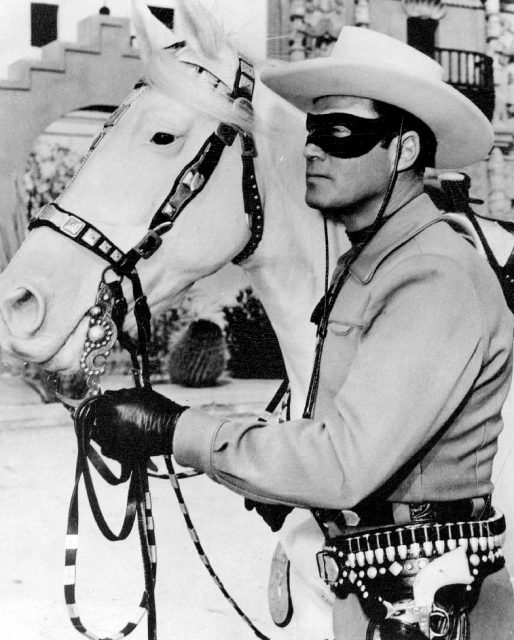
The Lone Ranger was initially created by George Washington Trendle, the owner of radio station WXYZ in Detroit. Trendle wanted an exciting radio series in which the main character would combine elements of Zorro and Robin Hood.
Under his direction a new hero was created: an ex-Texas Ranger who wore a mask, never revealed his true identity and traveled the Old West righting wrongs and aiding the helpless.
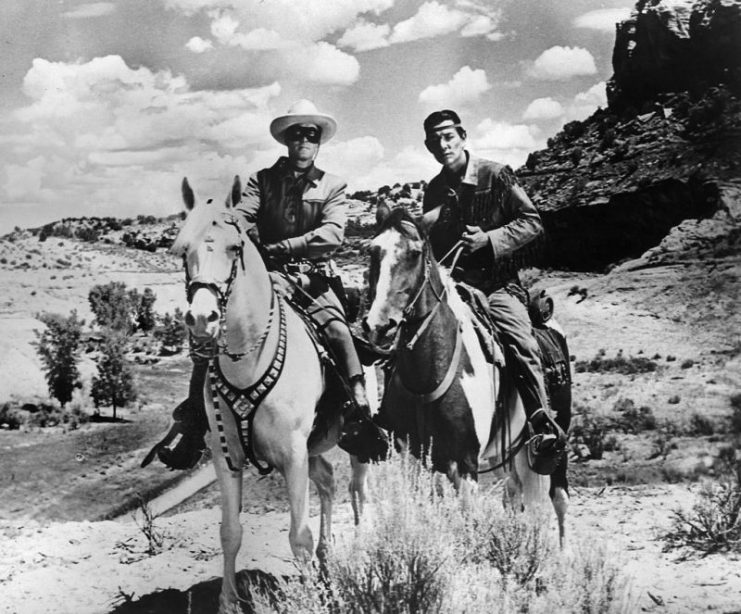
The radio show was first broadcast in 1933. By 1937, it was so popular that Republic Pictures paid Trendle over $18,000 (a huge amount at the time) for the right to make a movie serial version. The serial was planned to consist of 15 gripping episodes with titles such as The Steaming Cauldron, Wheels of Disaster, and Flaming Fury.
The Lone Ranger was played in the serial by several actors since the character was heavily masked in all scenes. However, Republic planned to unmask the Lone Ranger in the final episode, The Last of the Rangers.
Trendle wasn’t happy about this. In the radio series, the identity of the masked man was never revealed. But Republic insisted, and in the final episode of the serial it was revealed that the Lone Ranger was, in fact, Allen King, played by actor Lee Berrien Powell.
Powell had appeared in bit parts in a number of Republic pictures, but The Lone Ranger was his first starring role. The whole serial was filmed in the month of December 1937 and Powell was paid just $100 a week for his contribution – a tiny fraction of the total cost of the serial which amounted to $170,000.
The serial was released in February 1938 and proved to be wildly popular. It was a massive financial success for Republic.
Powell went on to make another serial with Republic, The Fighting Devil Dogs, where he played the lead role as Lieutenant Tom Grayson.
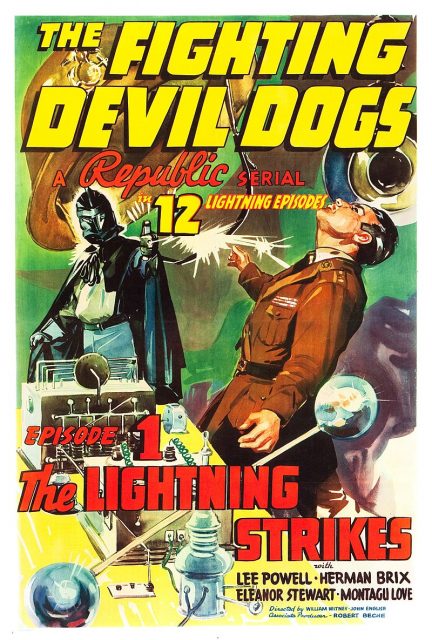
Grayson was a US Marine officer based in Singapore who found himself fighting against one of the first masked supervillains, The Lightning, whose dark cape and helmet are claimed by some to have been the inspiration for Darth Vader.
However, when Republic decided to make a second Lone Ranger serial in 1939, Powell made a serious mistake – he asked for more money. Republic was offering him just $150 per week but, considering how much money the first serial had made for the studio, Powell held out for more.
Unfortunately, screen actors were regarded as interchangeable back in those days. Republic simply cast another of their cowboy actors, Bob Livingston, in the title role in The Lone Ranger Rides Again.
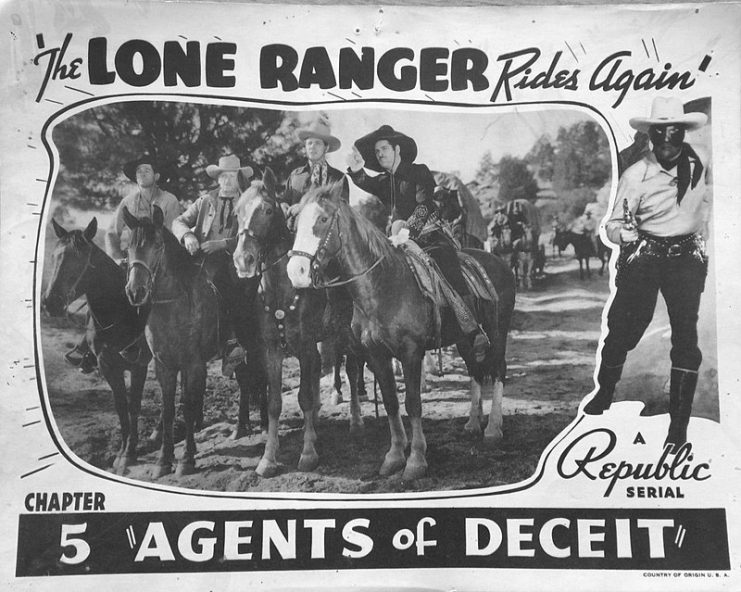
After that, Powell found it hard to get film roles. Instead, he took to working as a stunt rider in a number of circuses, billing himself as The Original Lone Ranger of Talking Picture Fame. He would gallop into the circus ring on a white horse shouting “Hi-Yo Silver!” while the orchestra played the William Tell Overture.
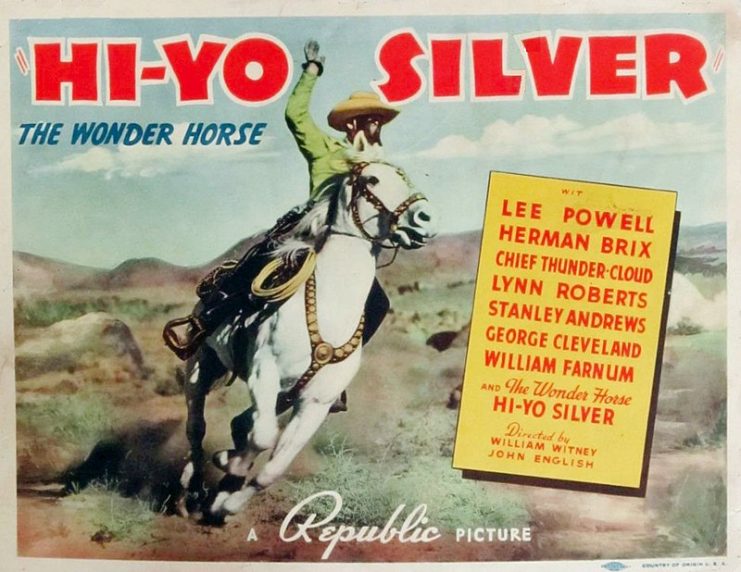
In August 1942, Powell enlisted in the US Marines. After completing basic training, he was assigned to 2nd Battalion, 18th Marines (Engineers), 2nd Marine Division based at Camp Elliott in California.
Powell saw combat on Tarawa in 1943 and on Saipan in 1944. After that, he took part in the invasion of the tiny island of Tinian in the Northern Marianas in July and August 1944.
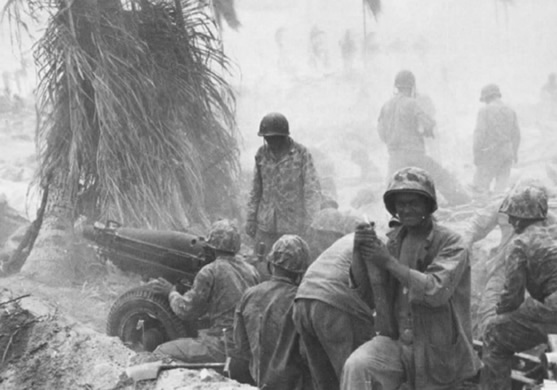
Tinian was strategically important because it was around 1,500 miles (2,414 kilometers) from mainland Japan. This made it a viable location for a staging base for US heavy bombers. It would eventually be used as the base from which the first US nuclear attack, on the city of Hiroshima, was launched.
The fighting on Tinian was typically bloody and intense. The Japanese garrison comprised 8,000 men before the attack. Only 250 survived to become prisoners of war. Three-hundred and twenty-six Marines died during the battle.
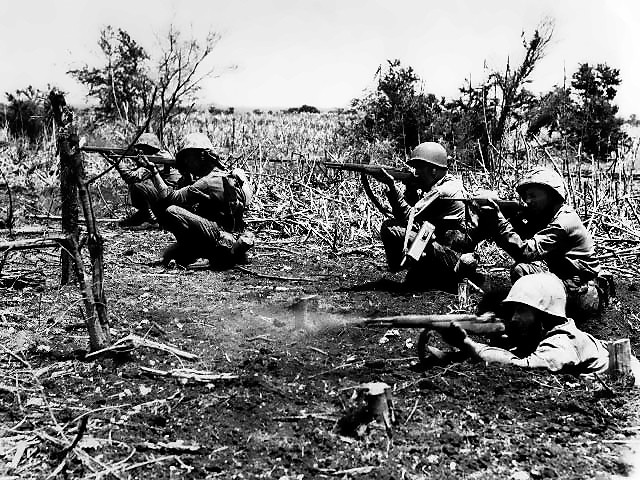
When it was announced in late August that 35-year-old Sergeant Lee Powell had died on Tinian, it was assumed by most people back home that he had been killed in combat. He was buried in the USMC Cemetery on Tinian, but his remains were later moved to the National Cemetery of the Pacific in Honolulu.
It wasn’t until the publication of a book, Stars in the Corps: Movie Actors in the United States Marines by James E. Wise, Jr. and Anne Collier Rehill in 1999 that people began to realize that the story of Powell’s death was a little more complicated.
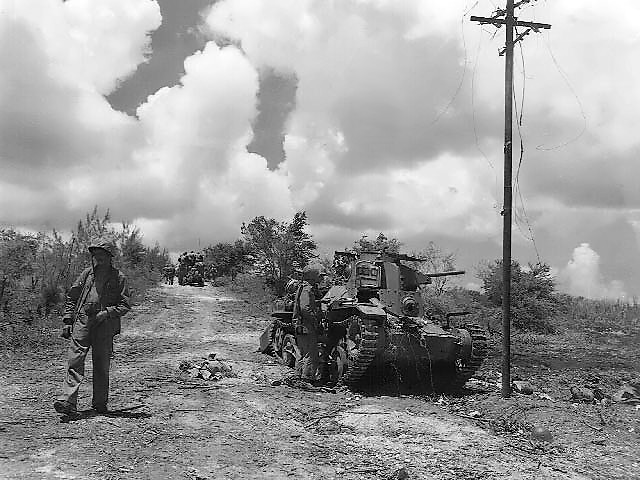
Wise, a retired US Navy Captain, discovered that Powell had died not in combat but as the result of a tragic accident.
It seemed that, on the day when fighting on Tinian finally ended, Powell and other Marines made some sort of alcoholic beverage to celebrate, possibly involving methyl alcohol. One other Marine was said to have been hospitalized and temporarily blinded after drinking the concoction. Powell died, and his USMC records noted the cause of his death as “acute alcohol poisoning.”
It is both ironic and tragic that, having survived bloody combat, Powell should die in this way. Perhaps, had he lived, he might have been able to resurrect his movie career after the war. Perhaps, when ABC was looking for a new Lone Ranger in 1949, he might even have been in the frame so we would remember not Clayton Moore but Lee Powell as the Lone Ranger.
